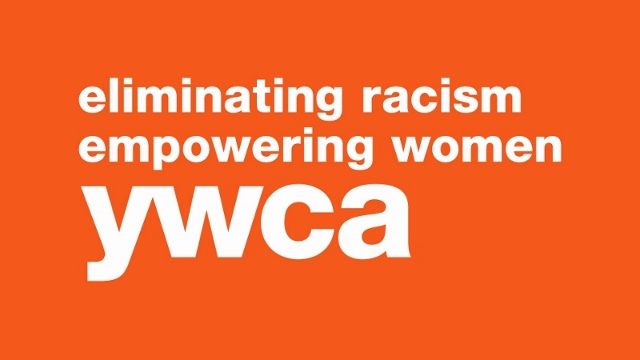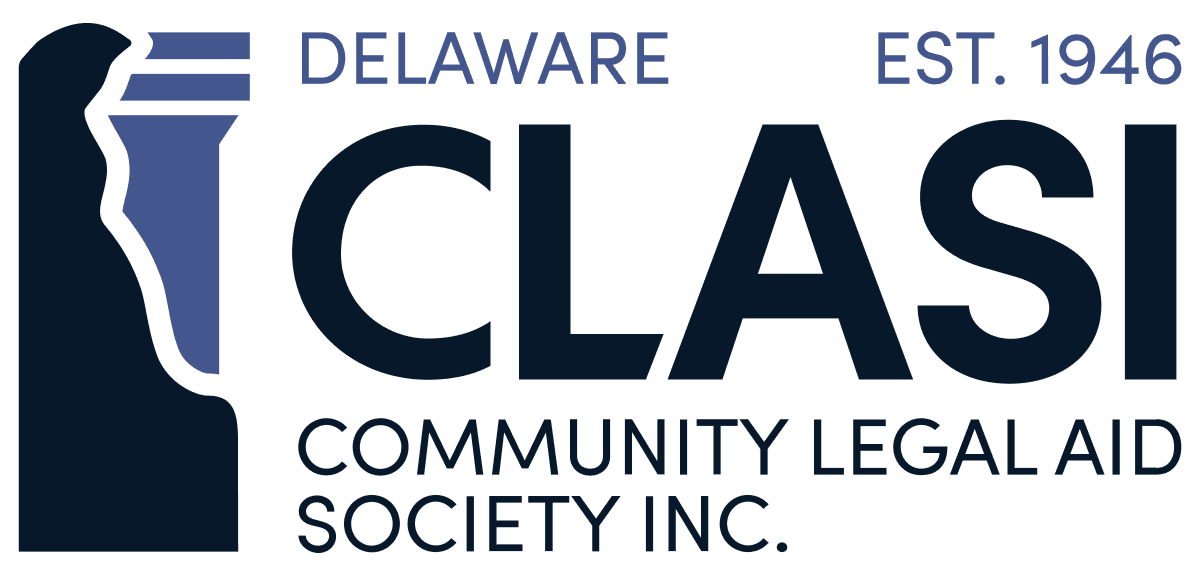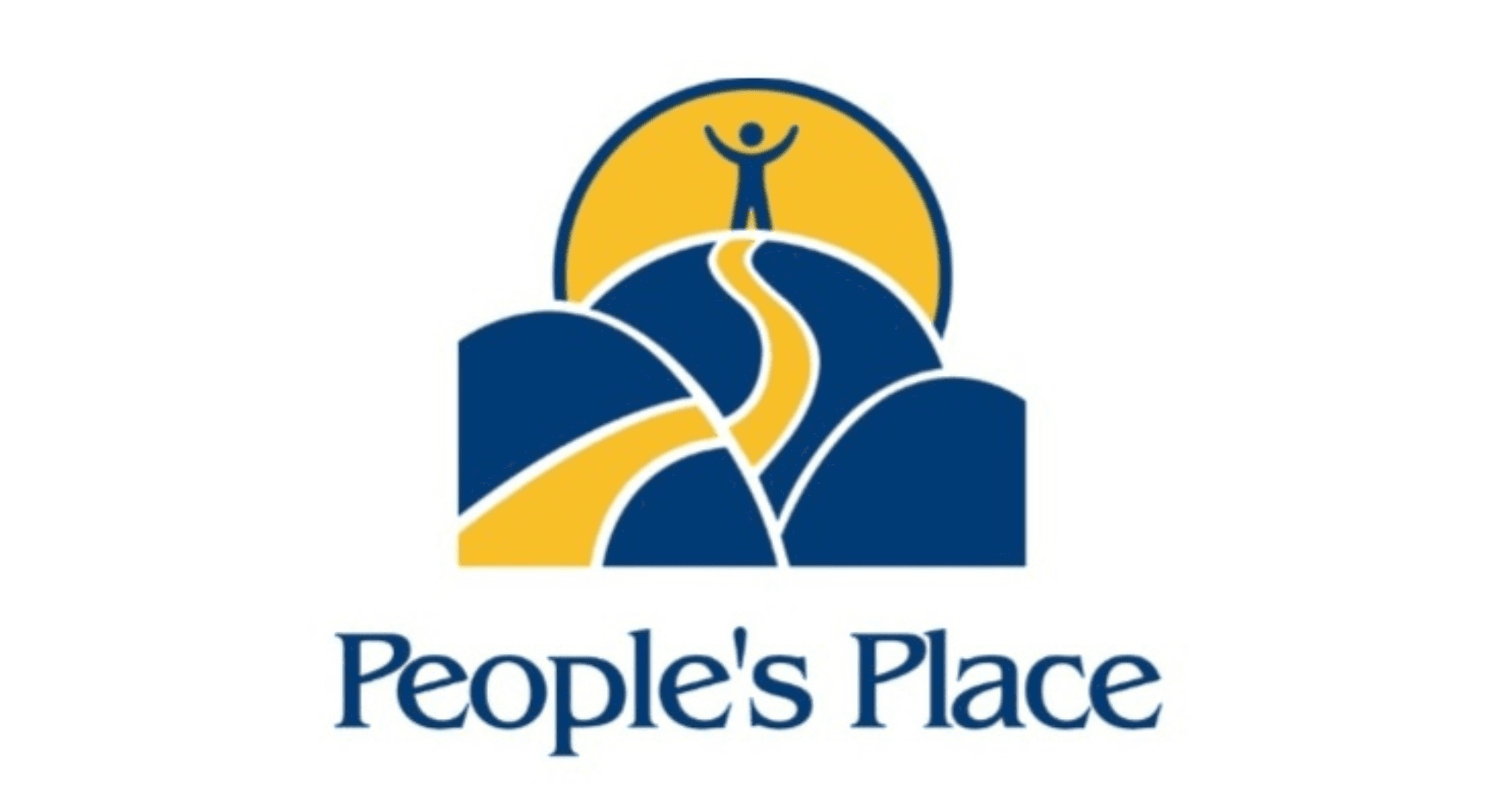The Intersection of Homelessness and Gender-Based Violence
Jennifer R. Pérez (she/her)
Community Legal Aid Society, Inc.
Staff Attorney*, Housing Unit
*Permission to practice in DE pursuant to Rule 55, *Admitted in New Jersey
What is Intersectionality?
Intersectionality is a term that we are hearing more and more, but what does it even mean, and what does it have to do with gender-based violence and homelessness? The concept of intersectionality acknowledges that all forms of oppression are interwoven, and refers to the ways in which systems of inequality (often based on factors such as gender, race, ethnicity, sexual orientation, gender identity, age, disability, and class) all “intersect” and result in patterns and practices that impact those communities.
Why does Intersectionality matter?
Without acknowledging intersectionality, our efforts to tackle inequalities and injustice are in vain. If we analyze domestic violence in a vacuum, without an intersectional lens, and only work towards representing the interests of white, middle-class, able-bodied, cisgender, heterosexual women, are we really addressing domestic violence in our community? No, we are not. We must challenge our tendency to view homeless experiences as homogenous, which will enable us to effect social policies and programmatic interventions that reflect the varying experiences of people experiencing homelessness.
How do Homelessness and Gender-Based Violence intersect?
Homelessness is not a gender-neutral occurrence. Gender-based violence and homelessness are very likely to occur simultaneously and increase the need for housing. Statistically, for women and children, domestic and sexual violence is a leading cause of homelessness. Studies have shown that, among homeless women with children, 80% had previously experienced domestic violence[1]. As many as 57% of all homeless report domestic violence as the immediate cause of their homelessness[2]. In a study of residents of domestic violence shelters across the United States, 84% reported needing help with finding affordable housing[3]. In another study, respondents who identified as LGBTQ+ had increased odds of housing challenges related to violence from family or friends[4]. In one study, 58% of rape crisis centers and legal aid providers stated that at least one tenant reported sexual assault by a landlord during the survey period[5].
How can we incorporate intersectionality into our work?
- Stakeholders should increase diversity in their leadership. All too often, the voices of the most marginalized communities are silenced in the very spaces that are empowered to make a difference.
- Stakeholders should increase training on issues of sexual orientation and gender identity and the unique needs of LGBTQ individuals experiencing homelessness.
- Stakeholders should advocate for laws and adopt internal policies that acknowledge the intersectionality of gender-based violence and homelessness.
[1] Aratani, Y. (2009). Homeless Children and Youth, Causes and Consequences. New York, NY: National Center for Children in Poverty
[2] Women and Children in Chicago Shelters, 3; Nat’l Center for Homelessness & Health Care for the Homeless Clinicians’ Network (2003)
[3] Lyon, E., Lane, S., & Menard, A. (2008). Meeting Survivors' Needs: A Multi-State Study of Domestic Violence Shelter Experiences
[4] Meagan Cusack (2022). Examining the Intersection of Housing Instability and Violence among LGBTQ Adults
[5] National Sexual Violence Resource Center (2011). National Survey of Advocates on Sexual Violence, Housing, and Violence Against Women Act.




